Blocks are the basic unit of everything in Minecraft, and few are more common than dirt blocks. Many Minecraft players’ first builds were crafted with dirt blocks, but the uses of dirt blocks go far beyond their use as an easily accessible building material. Over the past few years, several variations of the generic dirt block have been introduced, each with unique applications and spawn conditions. This guide will explain where to find every variety of dirt blocks in Minecraft.
Where to Find Every Type of Dirt Block in Minecraft
Dirt Blocks

The Dirt Block is the most common type of dirt block in an average Minecraft world, bar none. Occurring just below the surface in most Minecraft land Biomes, Dirt Blocks are the building block of the upper layer of the Overworld, and finding it is a simple matter of getting under the earth’s skin.
All you have to do to find Dirt Blocks is start digging down in any Biome with Grass Blocks. Regardless of whether or not you use your bare hand or a tool like a Shovel or Pickaxe, Dirt Blocks will drop whenever you mine Grass Blocks or the Dirt Blocks beneath them.
Coarse Dirt Blocks
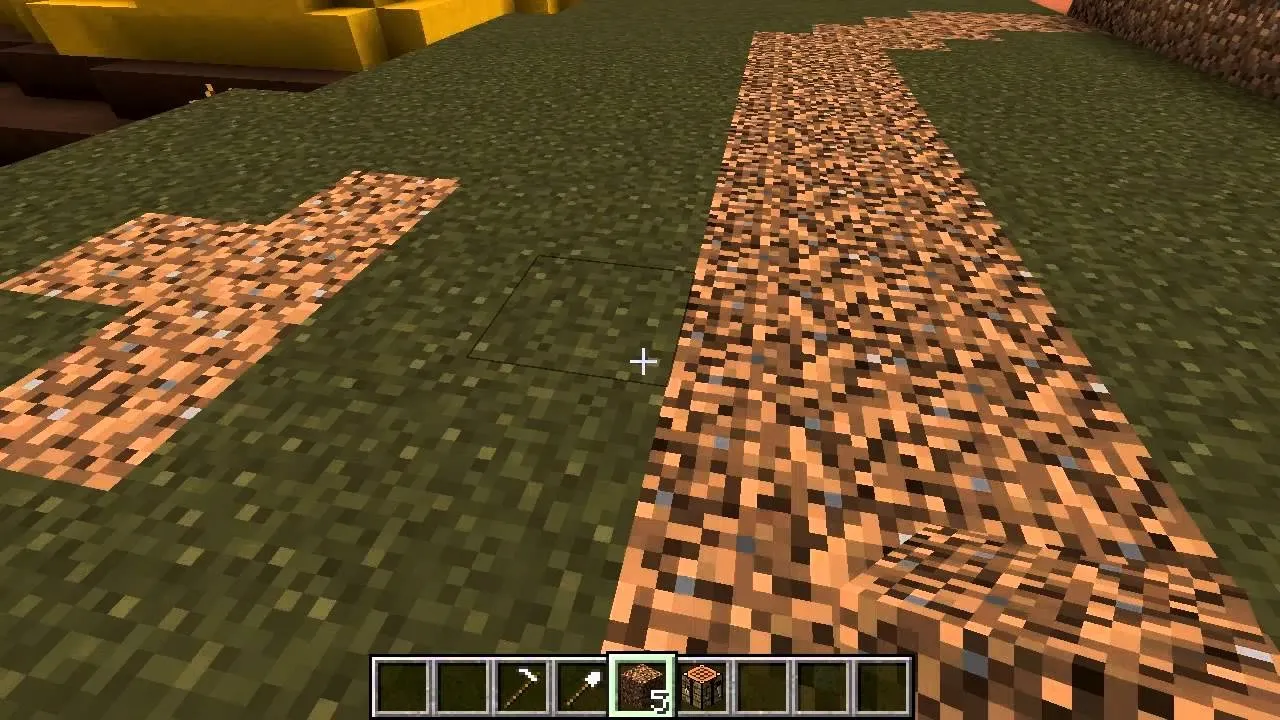
One of the defining aspects of Dirt Blocks is that they will turn into Grass Blocks or Mycelium Blocks when exposed to most levels of light. Unlike the generic Dirt Block, a Coarse Dirt Block is immune to the spread of Grass or Mycelium and can be used to grow various seeds into crops.
Coarse Dirt Blocks naturally occur in the Windswept Savannah, Wooded Badlands Biomes, and the Pine and Spruce variants of the Old Growth Taiga Biome. Alternatively, Coarse Dirt Blocks can be found in the Mushroom Farm Rooms of most Woodlands Mansions.
Mycelium Blocks

Mushrooms are one of the most versatile materials in Minecraft, serving as a building material, the base ingredient of many food items, and as fuel for Furnaces. While Mushrooms can be found in many dimly-lit areas of the Overworld, they can be farmed in any light level if planted on Mycelium.
Mycelium can only be found in the Mushroom Fields Biome, one of the rarest naturally occurring Biomes in the game. Once you’ve found one, you must mine Mycellium Blocks with a tool enchanted with the Silk Touch Enchantment. If you don’t, you’ll get a Dirt Block.
Podzol Blocks
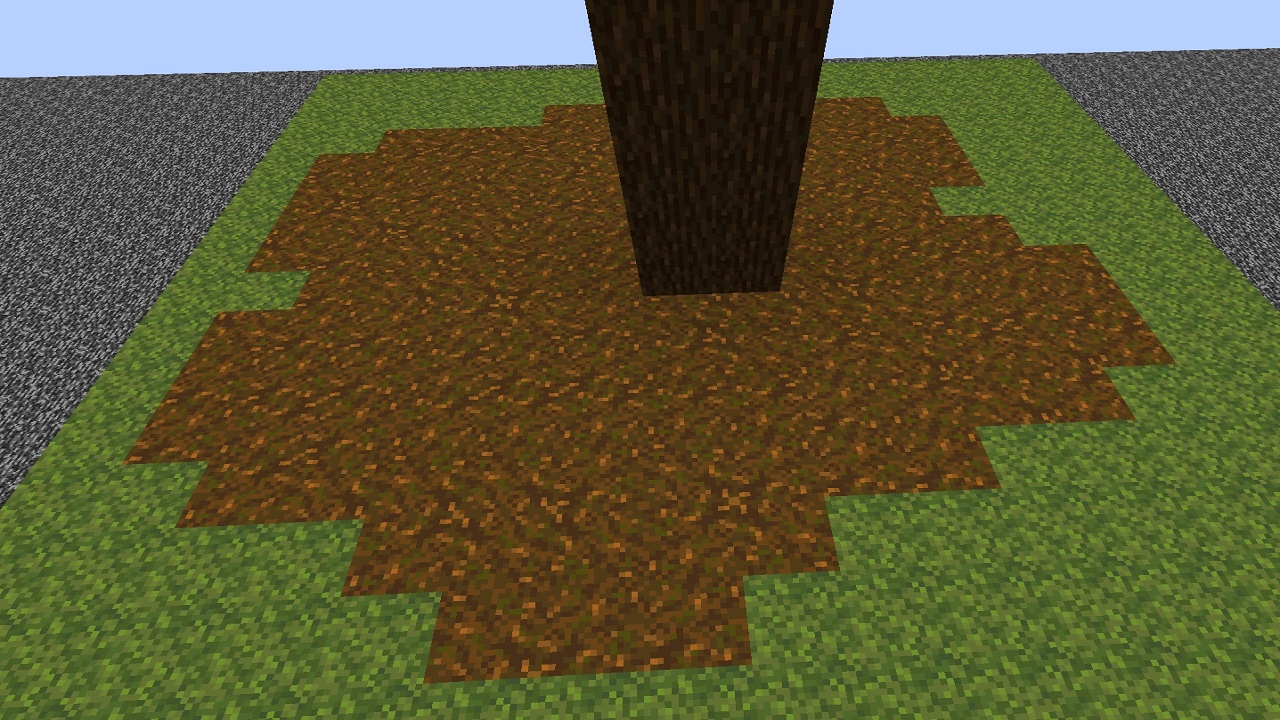
A variant of Course Dirt Blocks, Podzol Blocks can be used to farm mushrooms and seed-based crops and can’t be contaminated by Grass. As you might guess, this makes Podzol one of the most effective blocks for farming.
Podzol Blocks can be found in the Old Taiga Growth and Bamboo Jungle Biomes. Like with Mycelium, you’ll have to use a Silk-Touch enchanted tool to mine it, or you’ll end up with Dirt Blocks.
Related: How to Make Flint and Steel in Minecraft
Dirt Path Blocks
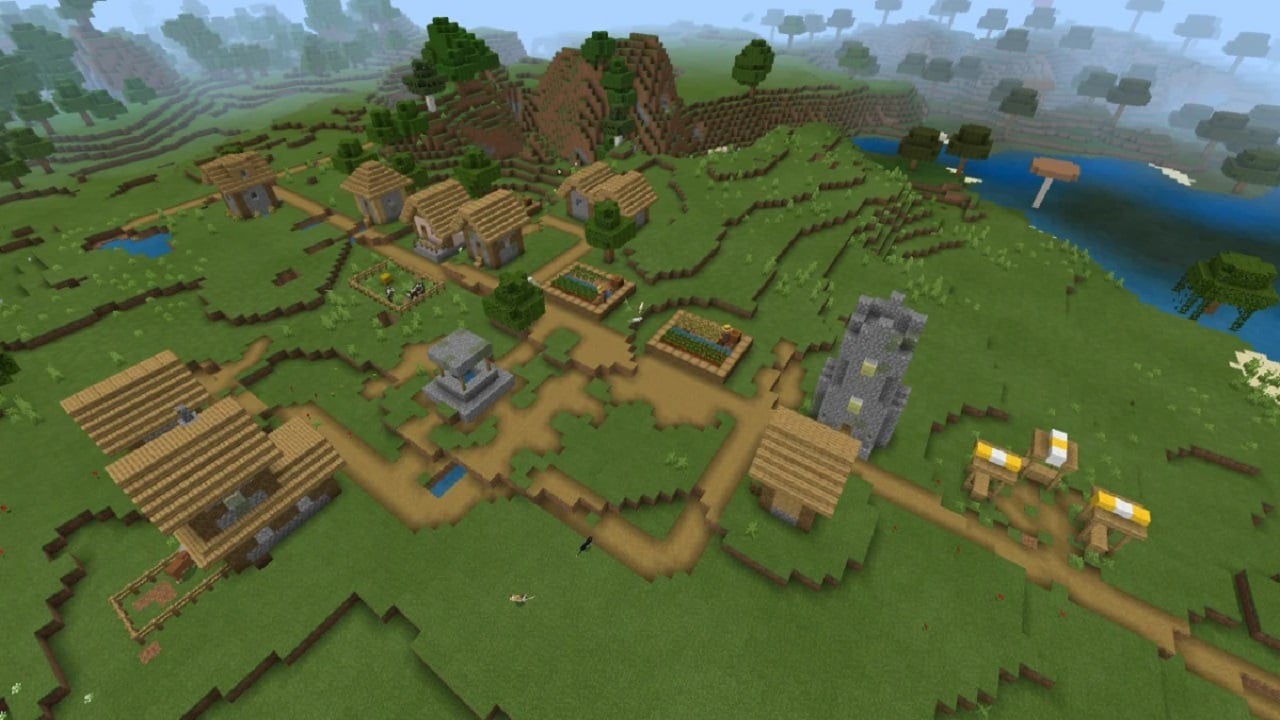
Unlike other variants of the Dirt Block, the Dirt Path Block is cosmetic. That being said, roads built out of Dirt Path Blocks are the preferred routes of Villagers and Golems in Minecraft: Bedrock Edition, making them an essential part of any player-made settlement.
Dirt Path Blocks can be found on the main roads of naturally-generated Villages. Dirt Path Blocks have a higher hardness value than most blocks in Minecraft, so they’re best mined with a Shovel. If you don’t have a Shovel, you can get one by combining two Sticks with a Plank, Ingot, Stone-based Block, or Diamond.
Farmland
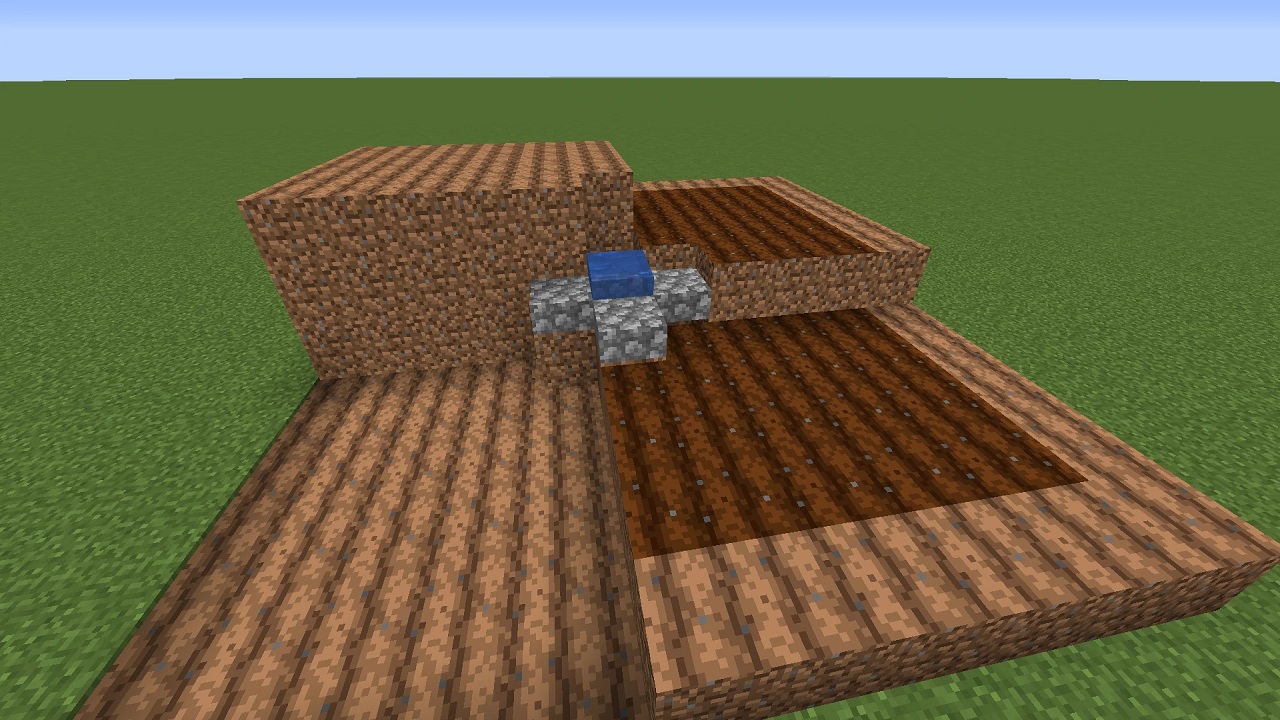
Next to its use as a building material, the most beneficial aspect of dirt is its use in farming. While a Dirt Block cannot be used to farm crops in its base form, it can be converted into a fertile block known as a Farmland Block with the right tools.
To turn a Dirt Block into a Farmland Block, you must craft a Hoe by combining two Sticks with two Planks, Stone-based Blocks, Ingots, or Diamonds. Once you’ve got a Hoe, you can use it to till a Dirt Block into a Farmland Block, which can be used to grow seeds into a bountiful harvest.
Rooted Dirt
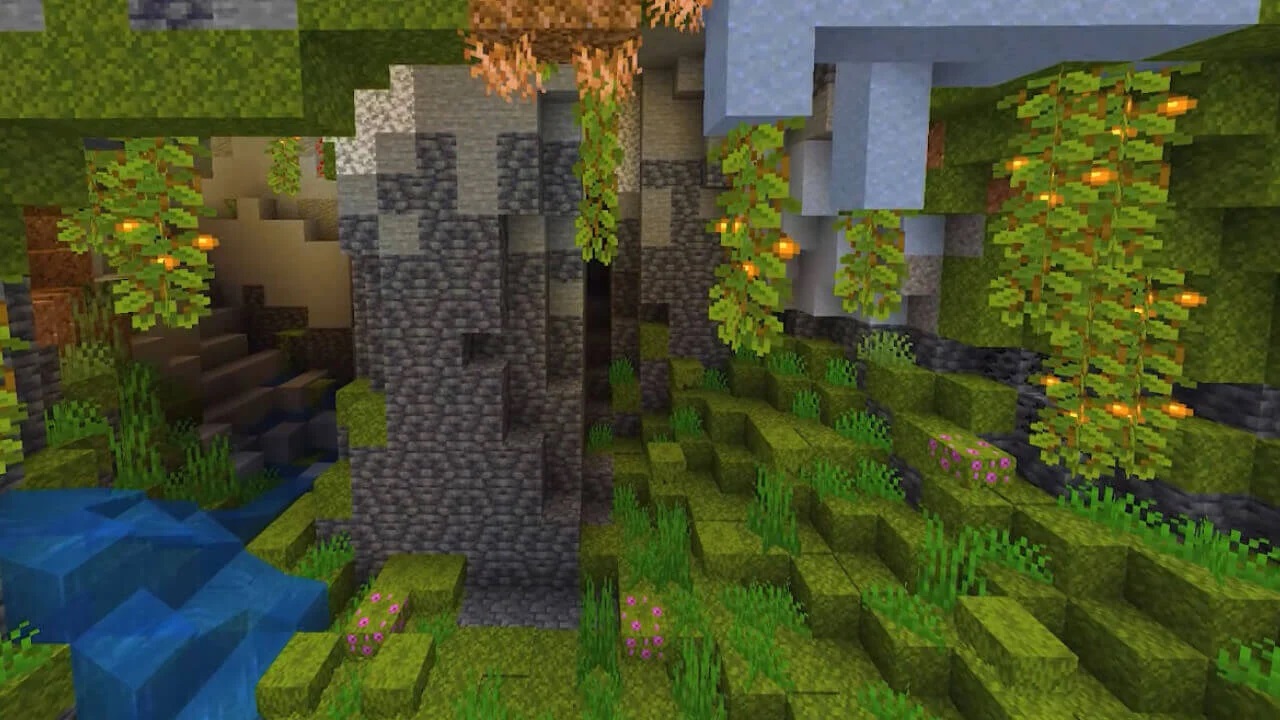
Rooted Dirt Blocks are another largely-aesthetic variant of the Dirt Block, but their uses are more overt than the Dirt Path Block. Patches of Rooted Dirt Blocks can be used to grow the iconic Hanging Roots that decorate most Lush Cave Biomes, but they can also be converted into Mud Blocks when exposed to Water.
Given their strong affiliation with Lush Cave Biomes, Rooted Dirt Blocks can be found under Azalea Trees, where they will replace any regular Dirt Blocks within a 5×5 radius under the Tree. Azalea Trees are the tell-tale sign that a Lush Cave Biome is right beneath your feet, so you’ll probably find one on the search for these universally-useful Biomes.


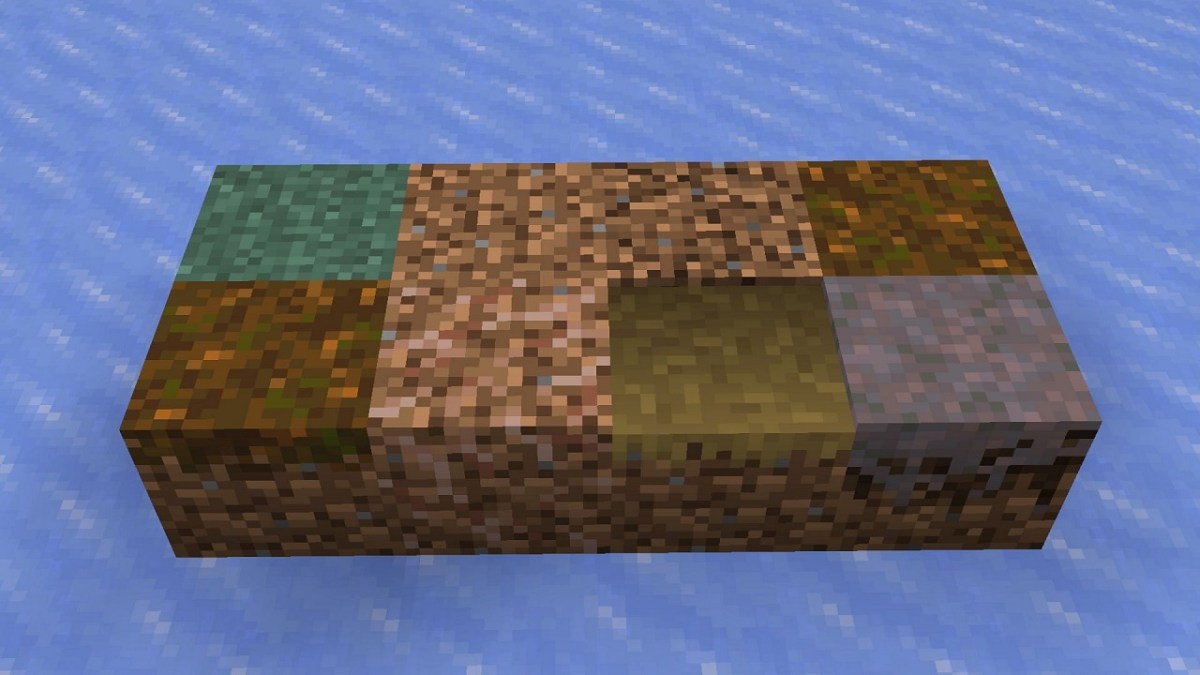


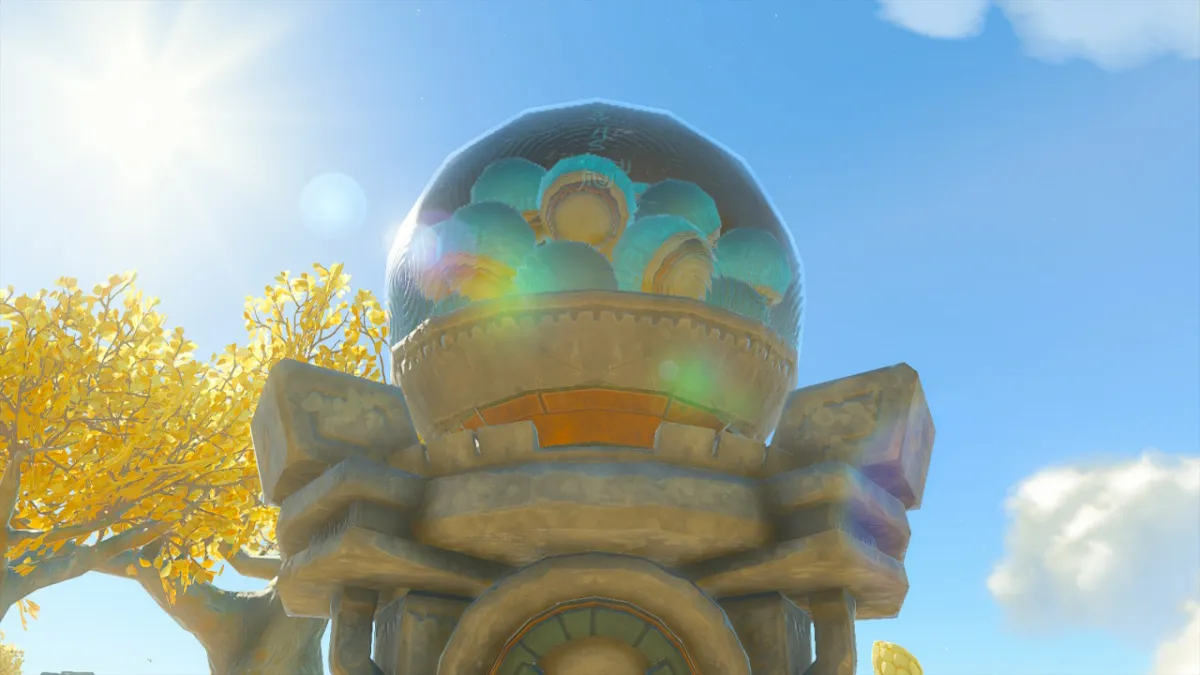






Published: Mar 27, 2023 12:44 pm